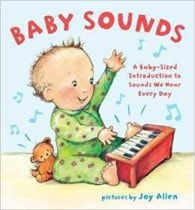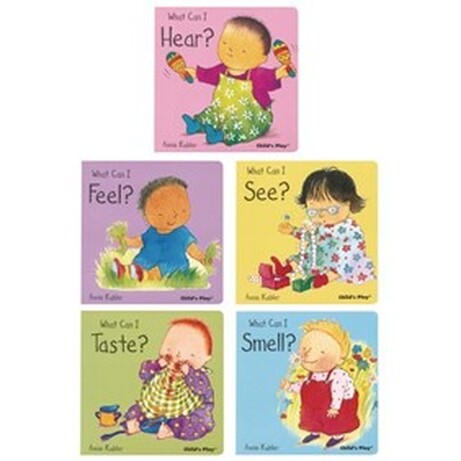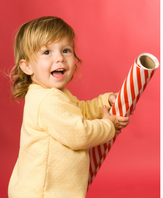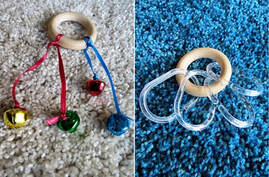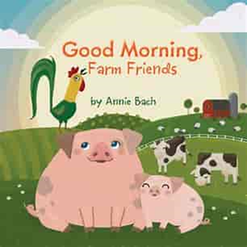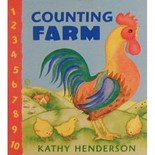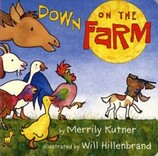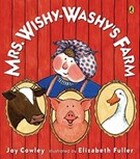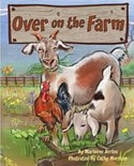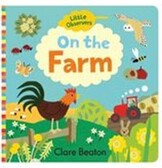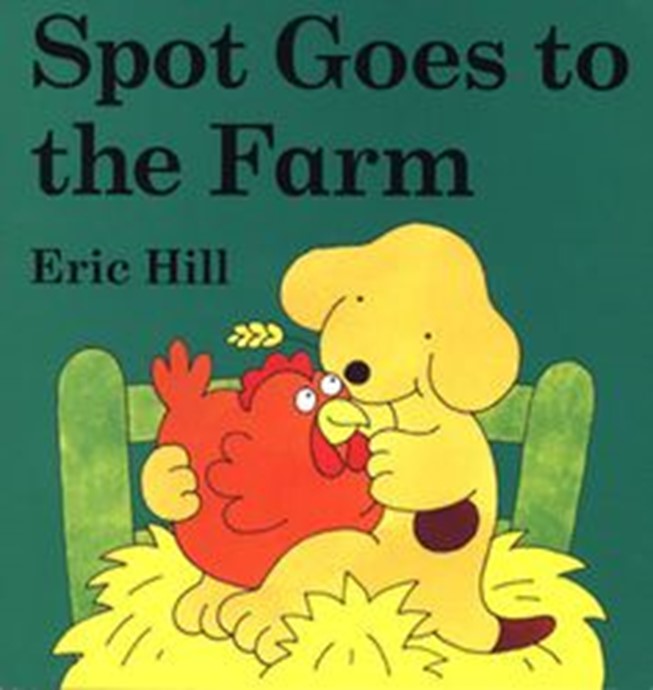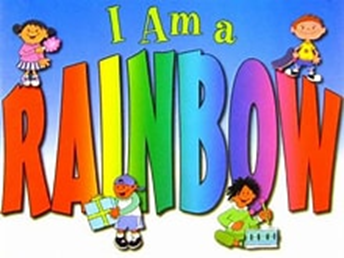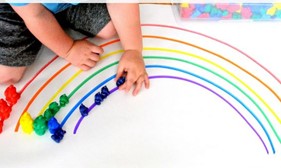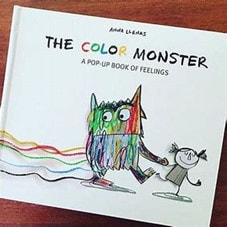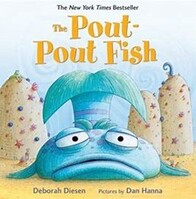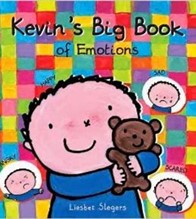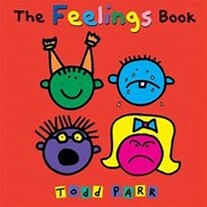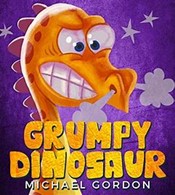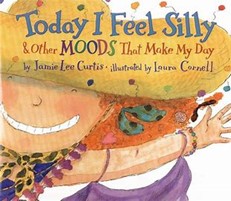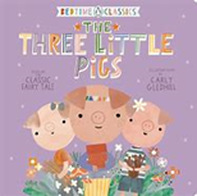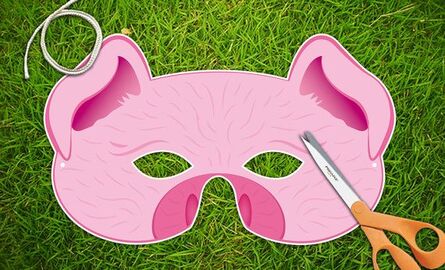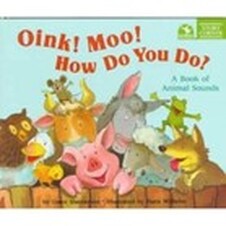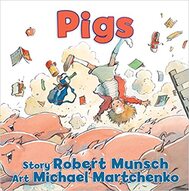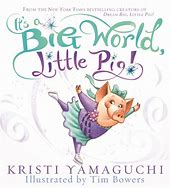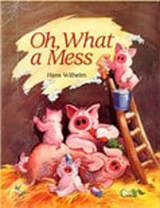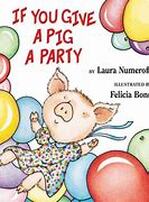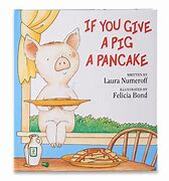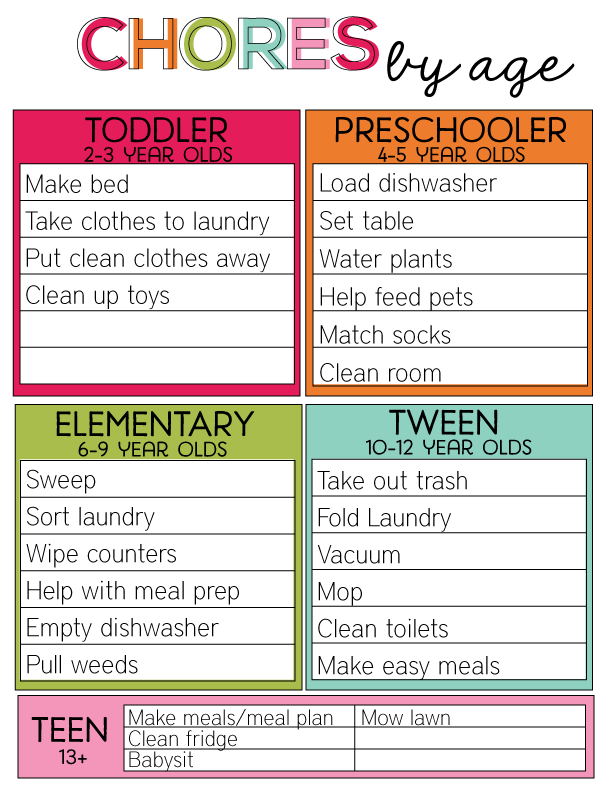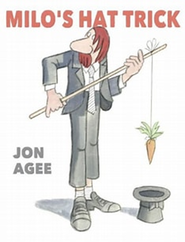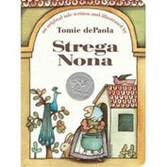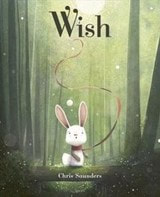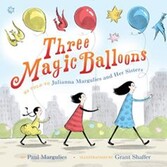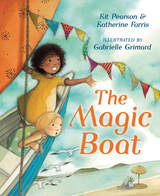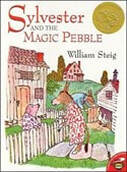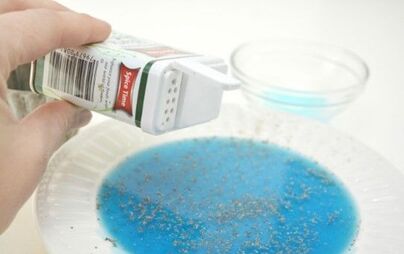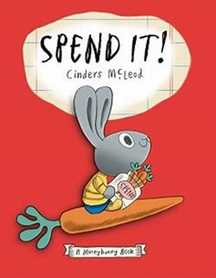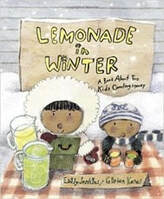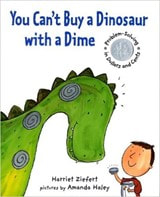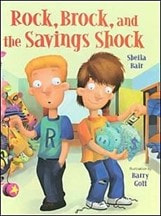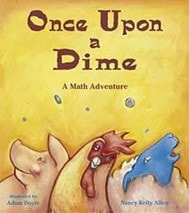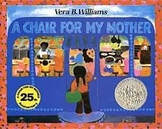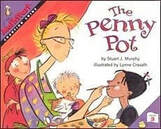January 2022 Fun Book Activities and Curriculum
Group 1
|
Safety First for Homemade Toys
When making your own toys, it’s important to keep safety in the front of your mind. A good checklist to follow is: Size of homemade baby toys: A general rule is the smaller the child, the bigger the toy. If the toy can fit into a film canister, or it has removable parts that can, then it is not suitable for children under 3 years of age. Surface on homemade baby toys: Babies put everything in their mouths and can be easily poisoned if a toy is made from, or coated in, a toxic material. Check out paint and adhesive labels before use. You should also make sure the surface is smooth, with no sharp edges or corners. Strings: Make sure any strings or ribbons are not long enough to get wrapped around baby and cut off baby’s circulation. Also make sure they are firmly attached to the toy. Supervision of babies with toys: Did we mention babies put everything in their mouths? It’s important to remember any homemade toy can potentially cause choking – no matter how well you’ve made it. If anyone can pull it apart, your baby can! Keep an eye on baby at all times. Other Books to Enjoy
|
Activities for Babies: Exploring Sound
Senses: Children under the age of three explore and learn through their senses. To support development across all areas, use the following activities to engage and excite your baby or toddler.
|
Group 2
|
Other Farm Animal Books Your Might Enjoy
Sing-A-Long Songs About Farms
|
Animal Sounds
Introduce your young infant to the animal world through sound. Find images of animals on the Internet or in books. While the infant is awake and alert, hold an image in front of him, tell the infant the name of the animal and what sound it makes. For example, hold a picture of a cow and tell your infant it says “Moo.” Once the infant begins to move into his toddler years, take him to a zoo or local farm and point out the real animals. Tell the child the animal's name and the sound it makes. Instruct your toddler to make the same noise, as well. Farm Animal Hide and Seek
What You Will Need:
Step 1. To make the farm animal puzzle game you start by printing out the farm animal images and then cutting them out. I cut around the images but didn't do a really tight cut because I am all about keeping things easy and simple! Visible white borders are fine! the wall. Step 2. Once the animals (and objects- like the barn) are cut out, glue each picture onto a square piece of cardboard. The piece of cardboard doesn't have to be perfectly cut. Once the glue is dry, cut the cardboard and image into two pieces to make simple cardboard puzzles. You can cut diagonally, horizontally, or vertically.! Whatever you want to do works! The goal is just to create simple farm animal puzzles. The cardboard base makes them easier to manipulate for little hands. Step 3. It's time to play! Start by hiding the puzzle pieces around one room in your house (or outside). Make sure you don't make them too hard to start. Encourage your kids to look for the puzzle pieces and then match the pieces together to complete the simple puzzles. While you are playing, talk about the animals and farm objects that are in the pictures. Talk about the animals in the farm themed books you've read too! Animal Cracker Charades
At snack time, play animal cracker charades. Using a bag of animal crackers, have your child take out one cracker and act out the animal while you guess what it is. Feeling super energetic? Try making your own animal crackers with your toddler! For the recipe, visit Absolutely Adorable Homemade Animal Crackers » Bigger Bolder Baking. To watch how to make Animal Crackers with follow the link below: |
Group 3
|
Cereal Necklace
Rainbow Art Items you will need:
Directions:
Mixing Colors
What you need: 1 Gallon Ziplock bag Tape 2 Primary Colors of Paint Small toys, crayons, or other items Directions:
|
Colors
There is so much you can do with your child developing skills with colors.
Other Books to Read about Colors
Songs About Colors
|
Group 4
|
Sign-A-Long Time
Paper Plate Pig Masks
What You Need:
Sequencing
Understanding sequences of events helps children recognize patterns and make sense of the world around them. Sequencing skills are a pre-cursor to learning how to tell time, but they’re also important to the development of other skills such as learning how to read sequences of letters or understanding their daily routine. In the Three Little Pigs, sequencing is part of the story. First, the big bad wolf blew the house of straw down. Then, he blew the house of sticks down. Finally, the big bad wolf tried to blow the house of bricks down. To teach sequencing, you can ask your child questions while reading the book like: "What happened first?" or "What happened next?" You may also ask your child to predict what will happen by asking, "What do you think will next?" Sequencing Activity 1. Download the Three Little Pigs Sequencing sheet. 2. Cut out the pictures and mix them up. 3. Ask your child to put the pictures in order according to how the events happened in the book. |
The Three Little Pigs is an old all time favorite. Three little pigs set out to make their fortunes. The first little pig builds a house of straw. When he refuses to let the big bad wolf inside, he blows the house down, and the first little pig flees to his brother's house made of sticks. When both pigs deny the wolf once more, he blows their house down. The two pigs scurry to the brick house their brother built, which, try as he might, the wolf can't seem to blow down, and he leaves the pigs alone once and for all.
There are so many activities you can do with this classic tale. You can act it out, make fun props and have a ball. Keep in mind too that there are tons of variations to this great story that you can also go to the library and get out or you can find the read aloud on YouTube. Other Fun Reads about Pigs
Sequencing
Understanding sequences of events helps children recognize patterns and make sense of the world around them. Sequencing skills are a pre-cursor to learning how to tell time, but they’re also important to the development of other skills such as learning how to read sequences of letters or understanding their daily routine. In the Three Little Pigs, sequencing is part of the story. First, the big bad wolf blew the house of straw down. Then, he blew the house of sticks down. Finally, the big bad wolf tried to blow the house of bricks down. To teach sequencing, you can ask your child questions while reading the book like: "What happened first?" or "What happened next?" You may also ask your child to predict what will happen by asking, "What do you think will next?" Sequencing Activity 1. Download the Three Little Pigs Sequencing sheet. 2. Cut out the pictures and mix them up. 3. Ask your child to put the pictures in order according to how the events happened in the book. Teaching Responsibility What is the Moral of the Three Little Pigs. Hard work pays off – The primary moral lesson learned from “The Three Little Pigs” is that hard work and dedication pay off. The first two pigs quickly built homes in order to have more free time to play. But the third pig labored in the construction of his house of bricks. You can use The Three Little Pigs to teach your child about hard work paying off by introducing a chore chart. Recent studies suggest giving children chores from an early age helps them learn essential lessons of life — responsibility, self-reliance, and work ethic (just to name a few). Using a chore chart lets toddlers see their progress in completing their chores each day. Set goals for your child and let them pick rewards for being successful. |
Group 5
|
Other Good Reads for Your Little Magician
Abracadabra Arts and Crafts
Things You Will Need
Top Hat Directions:
Sing-A-Long Songs
|
After failing to perform any good magic tricks during his show, Milo is close to losing his job, but while searching for a rabbit in the woods, Milo encounters a clever bear and quickly decides to use him for his next great trick that is sure to wow the audience.
Your Little Performer Children are often drawn to magic. It's exciting and allows them to use their imaginations for play. But, ever wonder if magic can help your child develop? Here are ways magic can help your child grow:
The Magic of Science
So much of magic is simply science. If your child is too young to be a magician, ask him or her to be your assistant. Magic tricks are full of wonder, great sensory activities, and always hands-on. The Incredible Levitating Balloon Directions:
The Amazing Disappearing Pepper Trick
What You Will Need:
Pepper Plate or Bowl Water (Optional to Color with Food Coloring) Dish Soap Directions
Magic tricks can be so much fun. This is a fun topic to play pretend with your child. You can use hats and scarves. You can hide in boxes and even hide stuffed animals in boxes. You can learn cards tricks like the one below:
|
Group 6
|
Other Books About Rocks
Sing-A-Long Songs
|
There are many things we can begin to teach our kids about money before they’re even in kindergarten! By modeling behaviors, involving your kids in “real transactions,” and incorporating play, your kids can pick up on basic financial principles very easily. Here are eight financial principles you can teach preschoolers.
Financial Principles To Teach Your Kids Before Age 5
|
